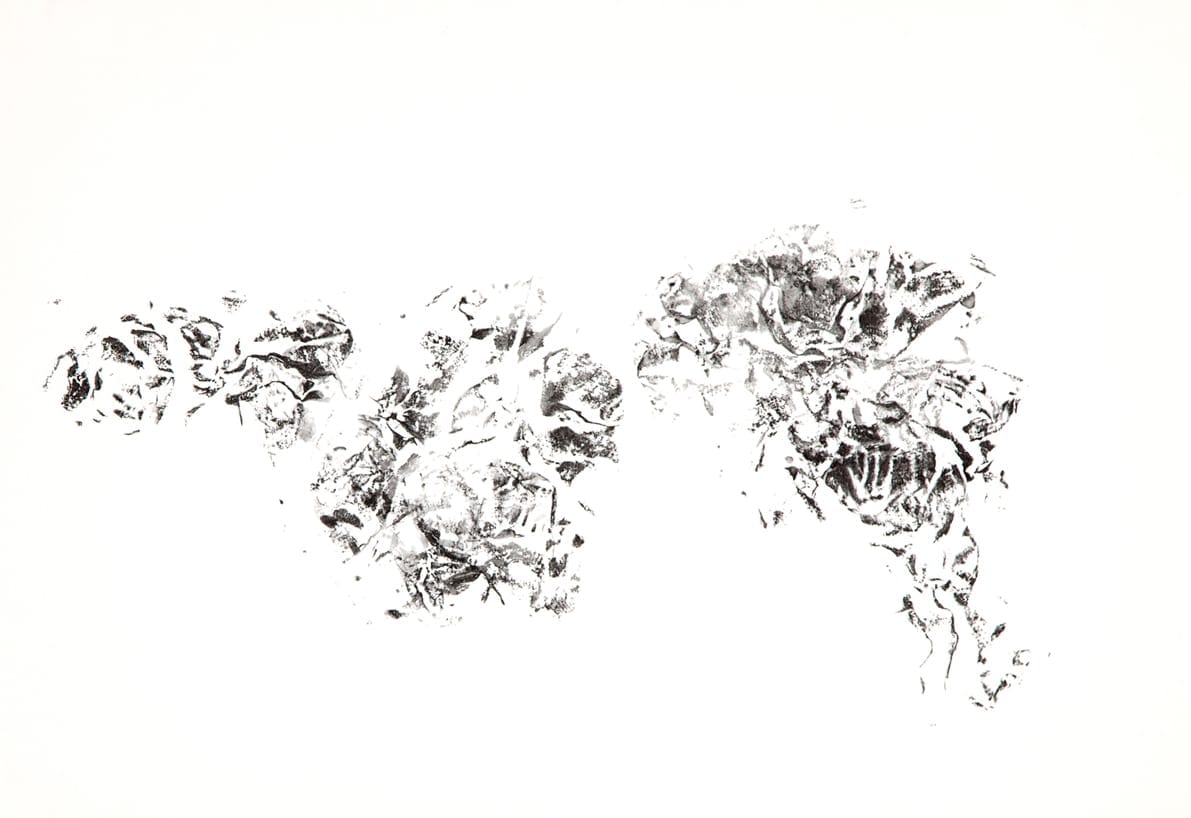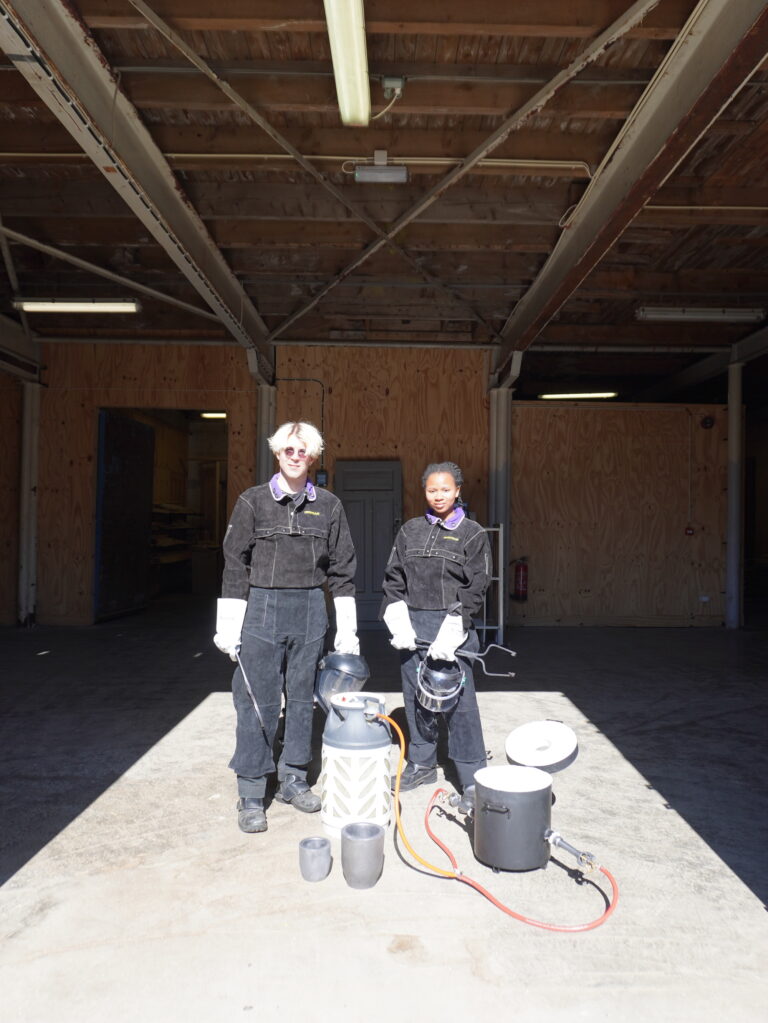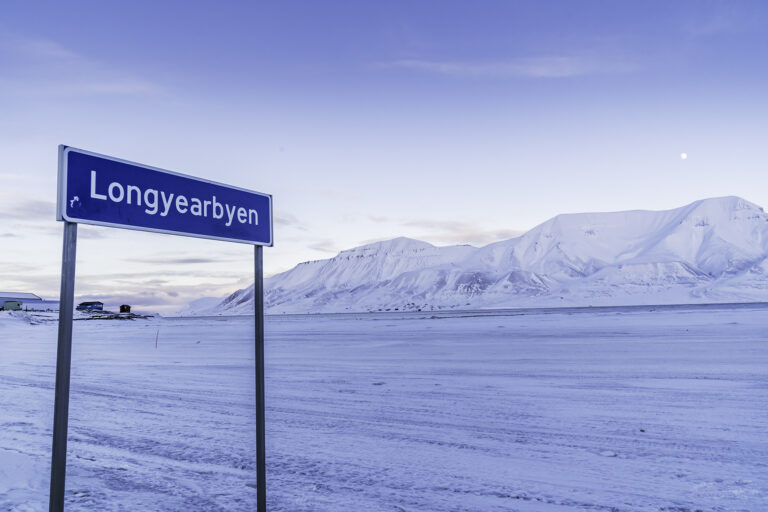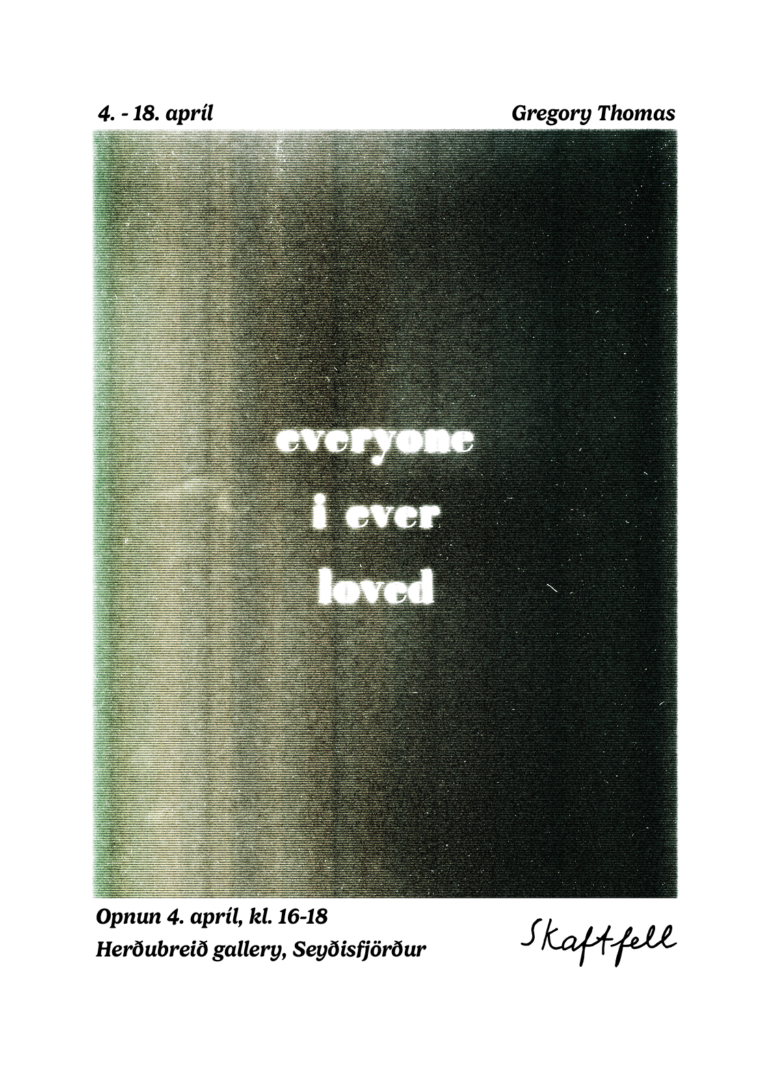Current Artists-in-Residence Kati Gausmann, Ráðhildur Ingadóttir and Richard Skelton conclude their stay with a presentation of works in progress in the Bookshop-projecspace Sunday June 26 from 12.00-18.00. The artists first stayed at Seyðisfjörður in September 2014 for one month and simultaneously launched their participation in Frontiers in Retreat. They have now stayed for the second residency period, May-June 2016.
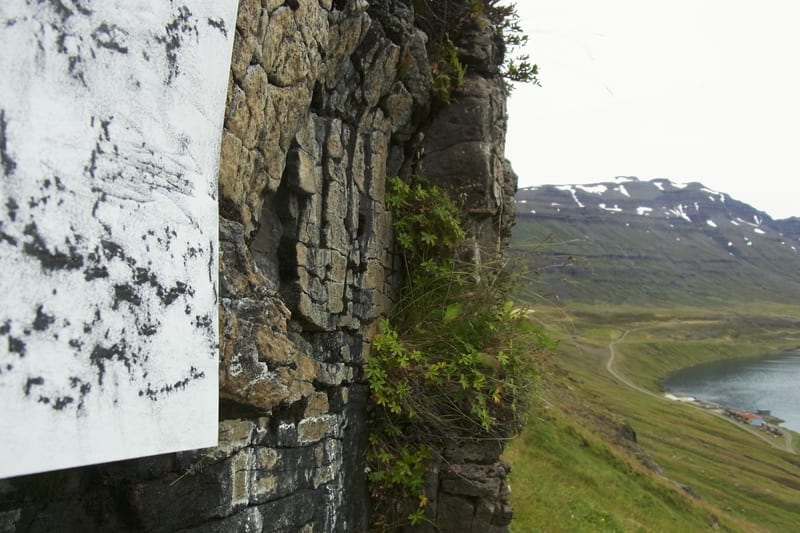
Kati Gausmann is a sculptor living and working in Berlin. Her work is concerned with movement, rhythm, and action as form-generating processes. In her artistic practice she combines the exploration of different materials and their qualities with acts of drawing, installation, and performance. Artistic expeditions and theoretical investigations are an important part of her working methodology. With the artist group msk7 and as a solo artist Kati has exhibited widely in Germany, as well as at Gallery Kling og Bang, Reykjavík. While participating the Frontiers in Retreat project Gausmann has an online sketch book: https://katigausmann.wordpress.com
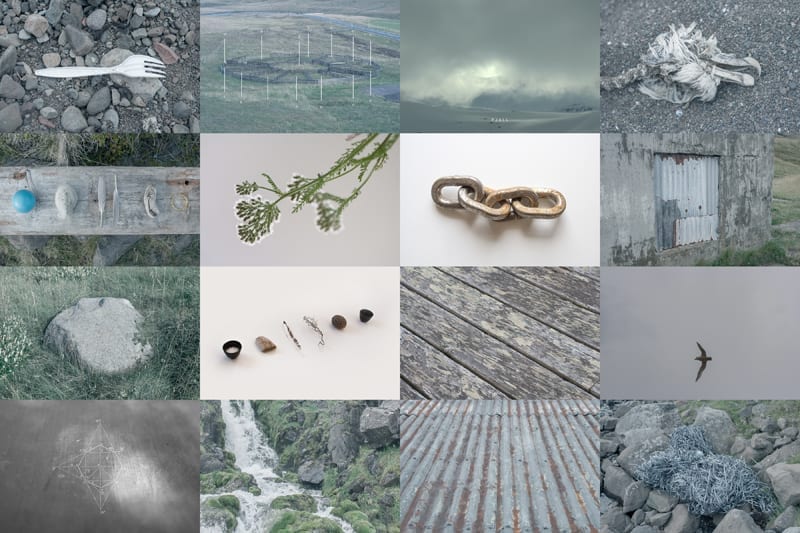
Richard Skelton is an artist from northern England, UK. His work is informed by landscape, evolving from sustained immersion in specific environments and deep, wide-ranging research incorporating toponymy and language, ecology and geology, folklore and myth. Over the past 10 years he has worked with texts, artist’s books, films and music, but more recently he has become interested in using curation as a means of exploring counter-historical narratives. Alongside running Corbel Stone Press with the Canadian poet Autumn Richardson, he is ‘founding member’ of the Notional Research Group for Cultural Artefacts and the Centre for Alterity Studies.
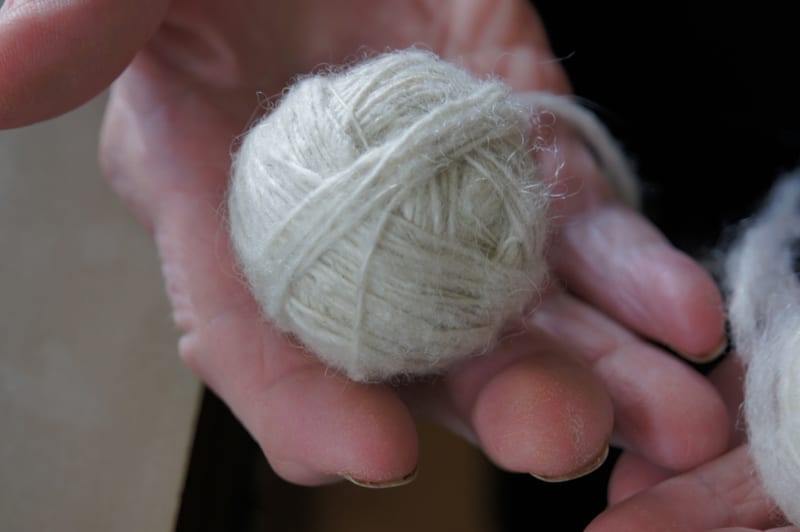
Ráðhildur Ingadóttir lives and works in Reykjavík and Copenhagen, She studied art in England from 1980 to 86, and has been active as an artist since then. Ingadóttir’s approach includes text, drawings, wall paintings, sculptures and videos and often these elements are incorporated into expansive installations. She has through the years exhibited extensively in Europe. Ingadóttir was a visiting lecturer at the Iceland Academy of the Arts from 1992-2002. She has also been visiting lecturer at the Royal Danish Academy of Fine Arts. She was on the board of the Living Art Museum in Reykjavik for some years, and curated and co-curated exhibitions there as well as elsewhere. From 2012 to 2014 she acted as an honorary artistic director at Skaftfell Center for Visual Art in Seyðisfjörður, Iceland. Ingadóttir has received art awards and travelling grants both in Iceland and Denmark.
![]()
About the Frontiers in Retreat:
Frontiers in Retreat is a five-year collaboration project that fosters multidisciplinary dialogue on ecological questions within a European network formed around artist residencies. The project sets out to examine processes of change in particular, sensitive ecological contexts within Europe, to reflect them in relation to each other and to develop new approaches to the urgencies posed by them. Moreover, the project recognises the necessity of multidisciplinary approaches to the current ecological concerns and aims to develop means and platforms for this through methods of contemporary art.
The project is coordinated by HIAP – Helsinki International Artist Programme with the support of the Culture Programme of the European Union. The project connects artist residency centers located in “remote” areas across Europe in order to provide a unique, transnational platform for investigating local and global ecological concerns. Frontiers in Retreat is realised by seven artist residency organisations in Finland, Iceland, Scotland, Latvia, Serbia, and Spain in collaboration with a Lithuanian art organisation that will develop the educational program of the project.
The core of the project is formed by research and production residencies. 25 European artists representing different cultures, generations and artistic approaches have been selected collaboratively by the project partners to develop new art works in response to the different ecological contexts of each residency site. During the coming years, the artists will circulate within the residency network and conduct artistic research driven by the particular ecologies of the sites.

